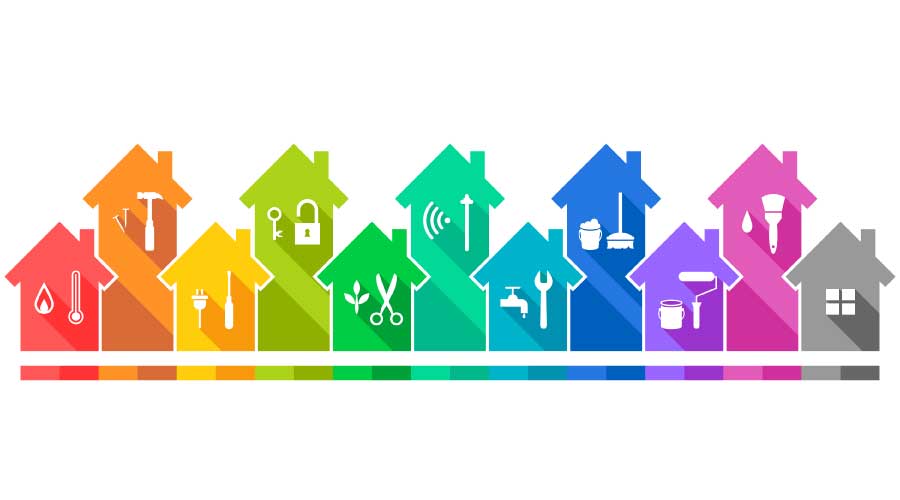Technology Helps Facility Managers Do More With Less
In many organizations, technology has been crucial to to facility managers who need to do more with less. That has certainly been the case at Western Michigan University. "Investments in iPads, paperless CMMS processes, integrated energy management system, ordering parts, online customer request and feedback systems, BIM, project management software, etc., have created efficiencies," says Strazdas.
In New York City, the Department of Education's SchoolStat program has helped improved efficacy in the system, says Shea. "The idea behind it is that data-driven analysis drives better decision making." Twice a year, inspectors go out to the schools and evaluate maintenance conditions and cleanliness of areas including classrooms, bathrooms, gyms, and cafeterias. They answer a series of questions, and "an algorithm is used to determine an objective rating on a scale of one to five," he says. Review sessions with directors and deputy directors of facilities help determine "where we need to be spending money or putting our attention." That's critical. "For every dollar you don't spend on maintenance, you will spend three or four more in a few years," Shea says.
According to Shea, "SchoolStat is a great tool for protecting staff and money resources." That's because not only can he show his boss and the city's Office of Management and Budget "a chart with the overall condition of buildings," but he can also "overlay that chart with a chart of budget cuts" and show how they correlate.
Transwestern also has used technology to achieve efficiency. One big benefit of technology is a reduction in the duplication of effort, says Allan Skodowski, managing senior vice president and director of sustainability. The more than 100 different ownerships that the company works for all have "different needs and different desires," so Transwestern has worked to standardize and deliver the same information to fit all of those varied needs. That means a person could go from one building to another, and aspects such as contracts, drawings, operations manuals, and property management systems will all be the same.
The annual inspections that every building must do are easier now, Skodowski says. Inspection reports done by regional engineers used to be done in Excel and then SharePoint, and "they used to take days," as engineers walked through facilities and took pictures, then later uploaded the photos and entered data. Now, an iPad app has simplified the approach, with the ability to take a picture and immediately place that photo into the appropriate category and then move onto the next aspect of the facility. This also helps speed up the time it takes to do repairs, as does the move to automating the tenant request program, says Skodowski. A work-order system tracks labor and materials and helps "increase billables back to our tenants."
Transwestern's approach has allowed the company to standardize how the information is organized and shared by staff in different regions. Transwestern, Skodowski says, has always seen itself as a national company that does everything at a regional level. As the company has grown, that regional touch "is still important, but our clients want a company that can work nationally and deliver the same product east to west and north to south," says Skodowski.
Related Topics:


















